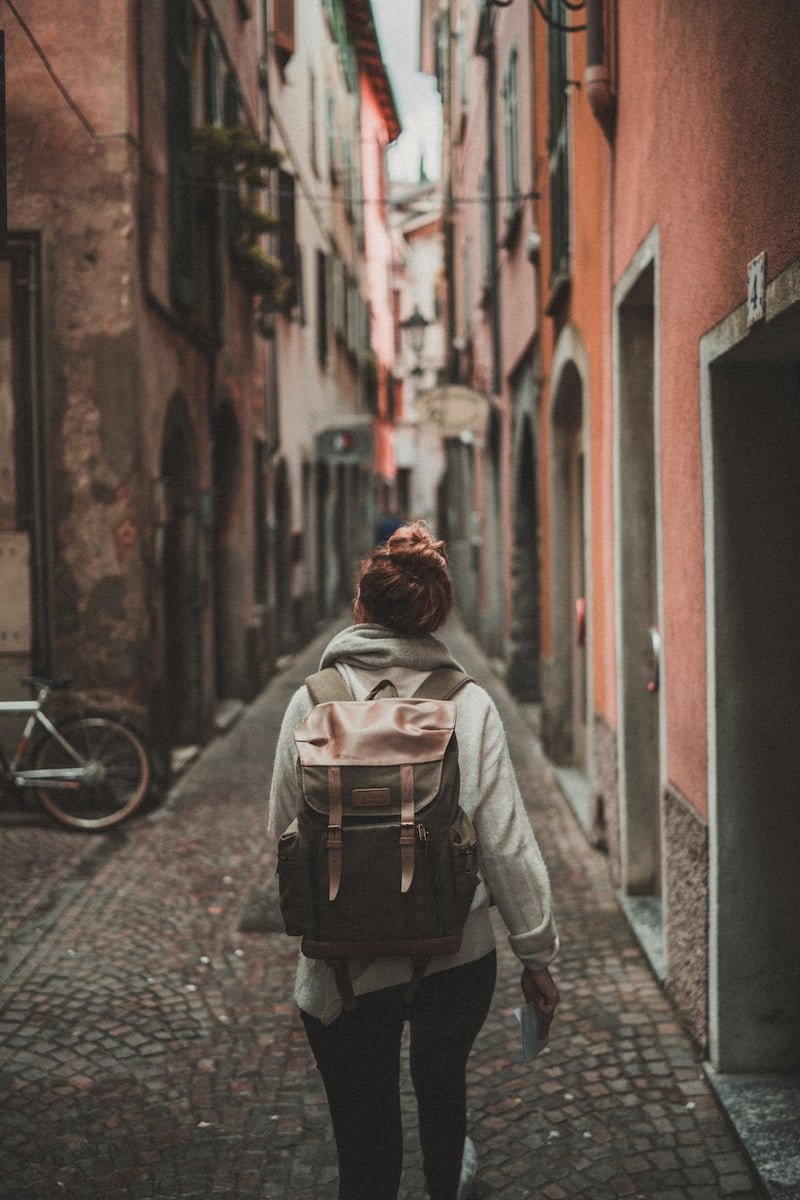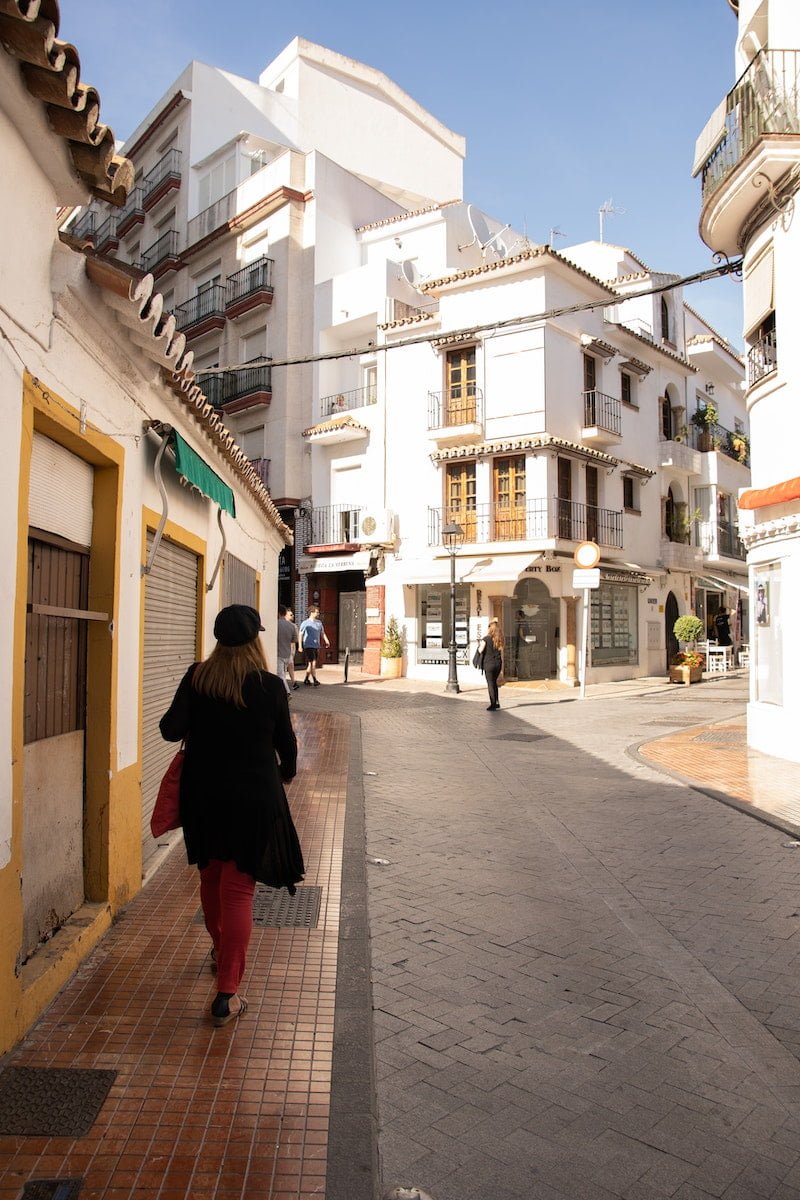Introduction
Solo travel is an exhilarating and enriching experience, offering the freedom to explore at your own pace and connect with different cultures. However, traveling alone can sometimes be more expensive without someone to share costs. Fear not, fellow wanderers! This guide is packed with practical money-saving tips for solo travelers, ensuring that your next adventure doesn’t break the bank.
Planning and Research
1. Travel Off-Peak
- Avoiding peak tourist seasons can save on flights, accommodations, and attractions.
- Consider shoulder seasons when the weather is still pleasant but prices are lower.
2. Use Fare Comparison Websites
- Utilize websites like Skyscanner or Kayak to compare flight prices.
- Set fare alerts for your desired destination to snag the best deals.
3. Consider Alternative Destinations
- Explore less popular but equally beautiful destinations that offer a lower cost of living.
4. Create a Budget
- Outline your daily budget for accommodation, food, transportation, and activities.
- Track your spending to stay on course.
Accommodation
1. Hostels and Guesthouses
- Opt for hostels or guesthouses that offer private rooms at a fraction of hotel prices.
- Look for ones with communal kitchens to save on meals.
2. Home Exchanges or Rentals
- Platforms like Airbnb or Couchsurfing can offer affordable and unique lodging experiences.
3. Volunteering for Accommodation
- Some hostels and farms offer free accommodation in exchange for a few hours of work.
Transportation
1. Public Transportation
- Utilize local buses, trams, or metros, which are often cheaper than taxis or rideshares.
2. Bike Rentals
- In bike-friendly cities, renting a bike can be an economical and enjoyable way to explore.
3. Long-Distance Buses and Trains
- For intercity travel, consider buses or trains, which can be more affordable than flights.
Food and Dining
1. Eat Like a Local
- Explore local markets and street food vendors for authentic and budget-friendly meals.
2. Cook Your Meals
- If you have access to a kitchen, cooking can save significantly on dining out.
3. Lunch Specials
- Many restaurants offer lunch specials at a fraction of the dinner price.
Activities and Entertainment
1. Free and Low-Cost Attractions
- Research free or low-cost attractions, such as public parks, museums, or walking tours.
2. City Tourism Cards
- Some cities offer cards that provide free or discounted access to major attractions and public transport.
3. Connect with Locals
- Platforms like Meetup or local Facebook groups can be great ways to find free local events or meet travel buddies.
Travel Insurance and Safety
1. Shop Around for Travel Insurance
- Compare different travel insurance options to find one that fits your needs and budget.
2. Stay Informed and Safe
- Avoid unexpected costs by staying informed about local customs and safety guidelines.
Conclusion
Solo travel doesn’t have to be an expensive endeavor. With careful planning, savvy choices, and a willingness to embrace local experiences, you can enjoy a fulfilling solo adventure without overspending.
Remember, the goal is not merely to cut costs but to find value and enrich your travel experience. Sometimes, spending a little extra on a meaningful experience can be worth every penny.
So pack your bags, embrace the open road, and embark on a solo journey that satisfies both your wanderlust and your wallet. Happy travels!



